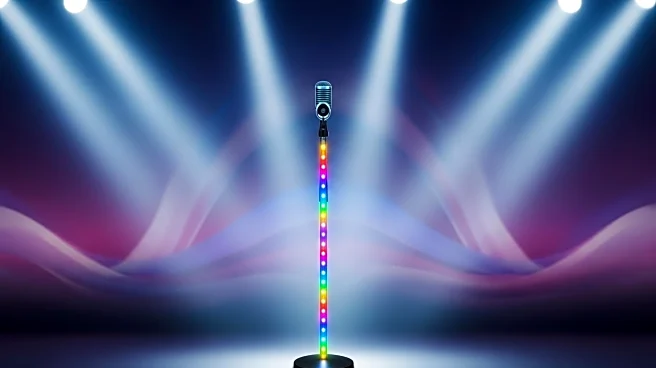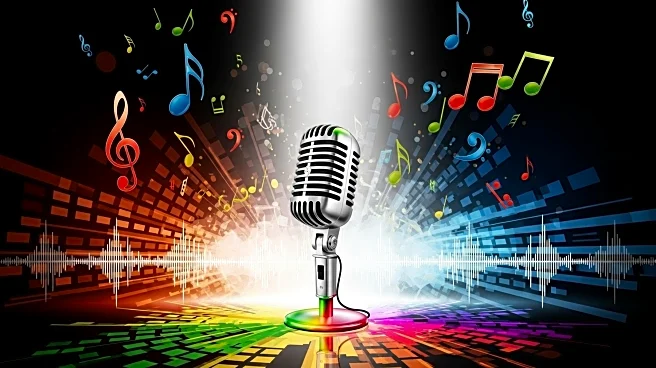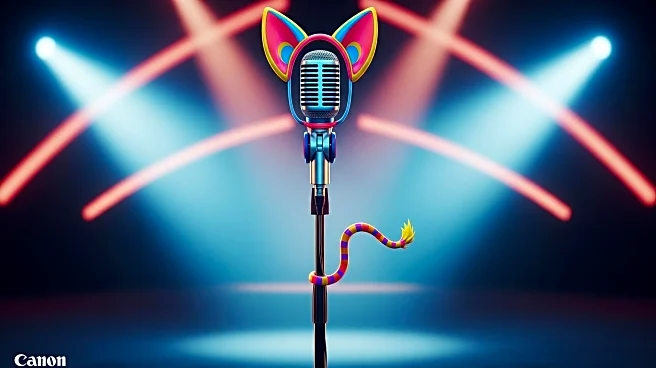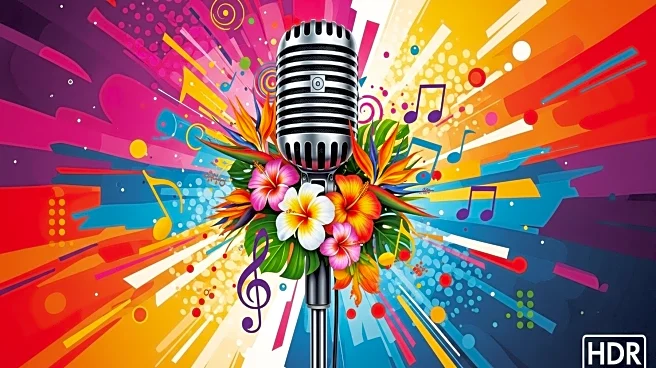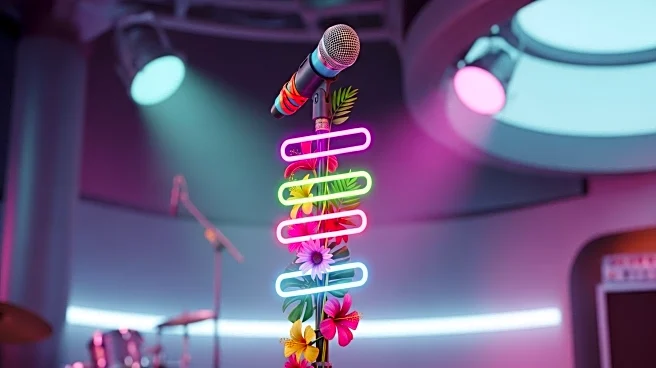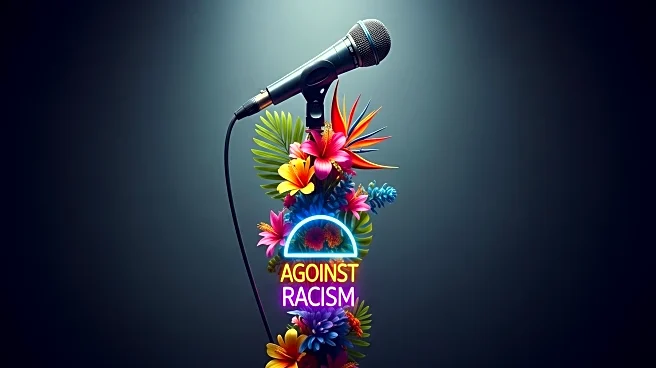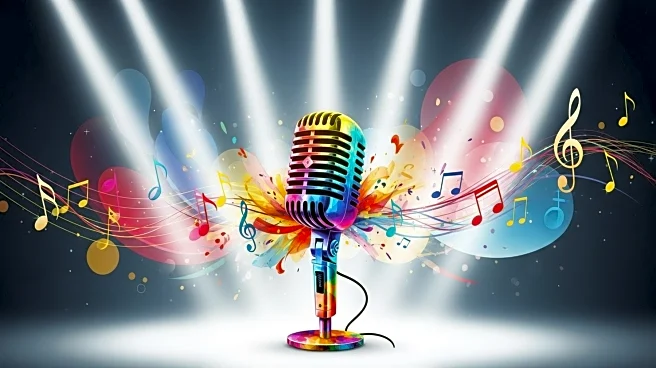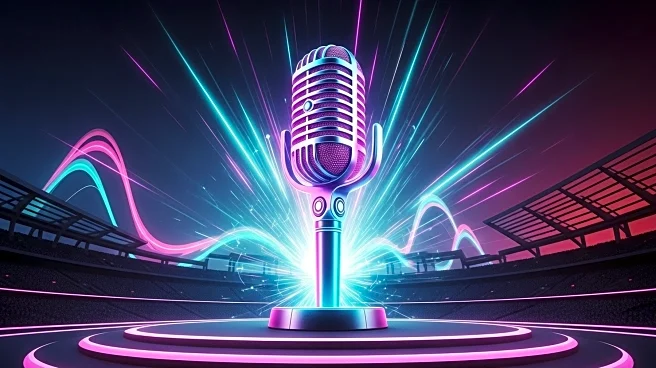What's Happening?
Bad Bunny, the Puerto Rican reggaeton artist, addressed criticism over his upcoming Super Bowl halftime performance during his appearance on Saturday Night Live (SNL). In a bilingual monologue, he humorously referenced the backlash from certain media outlets, including Fox News, which criticized the NFL's decision to feature a Spanish-language artist. Bad Bunny, whose real name is Benito Antonio Martínez Ocasio, has been a prominent figure in popularizing Spanish-language rap music. His recent album has been on the Billboard 200 list for 38 weeks, and he completed a significant residency in San Juan. Despite his success, Bad Bunny has been vocal about his concerns regarding U.S. immigration policies, particularly ICE raids, which influenced his decision to limit performances in the U.S.
Why It's Important?
Bad Bunny's selection for the Super Bowl halftime show is significant as it highlights the growing acceptance and popularity of Spanish-language music in mainstream American culture. This decision by the NFL reflects a broader trend of embracing diverse cultural expressions, which can have a positive impact on representation and inclusivity in the entertainment industry. However, the backlash from certain political groups underscores ongoing cultural tensions and debates about immigration and national identity in the U.S. Bad Bunny's performance is not just a personal achievement but a symbolic moment for the Latino community, emphasizing their cultural contributions and presence in the country.
What's Next?
As Bad Bunny prepares for his Super Bowl performance, it is likely that discussions around cultural representation and immigration policies will continue. The artist's decision to perform at such a high-profile event may encourage other artists to use their platforms to address social and political issues. Additionally, the NFL's choice could influence future halftime show selections, potentially leading to more diverse lineups. The response from audiences and media will be closely watched, as it may shape future conversations about cultural inclusivity in major American events.

